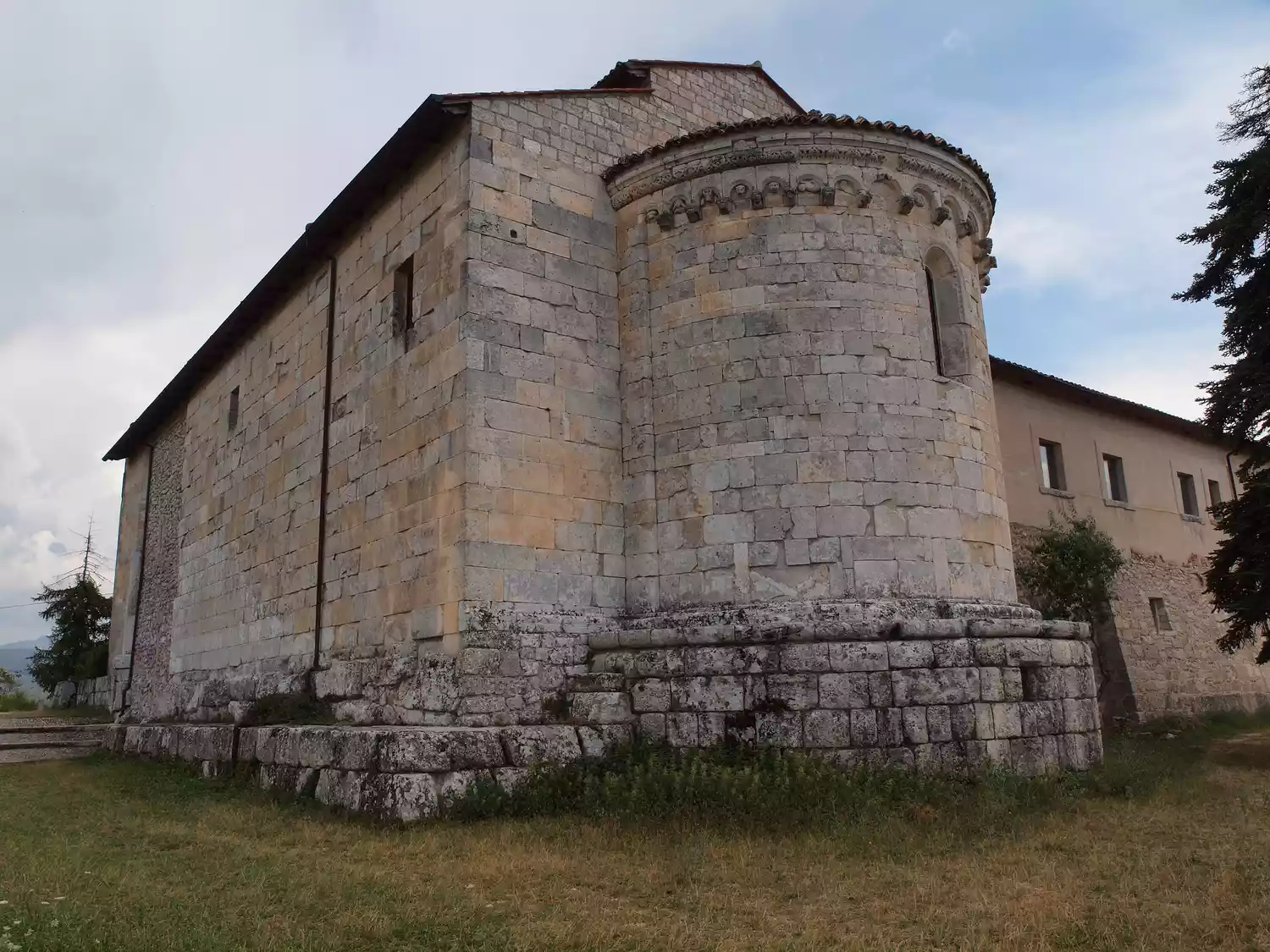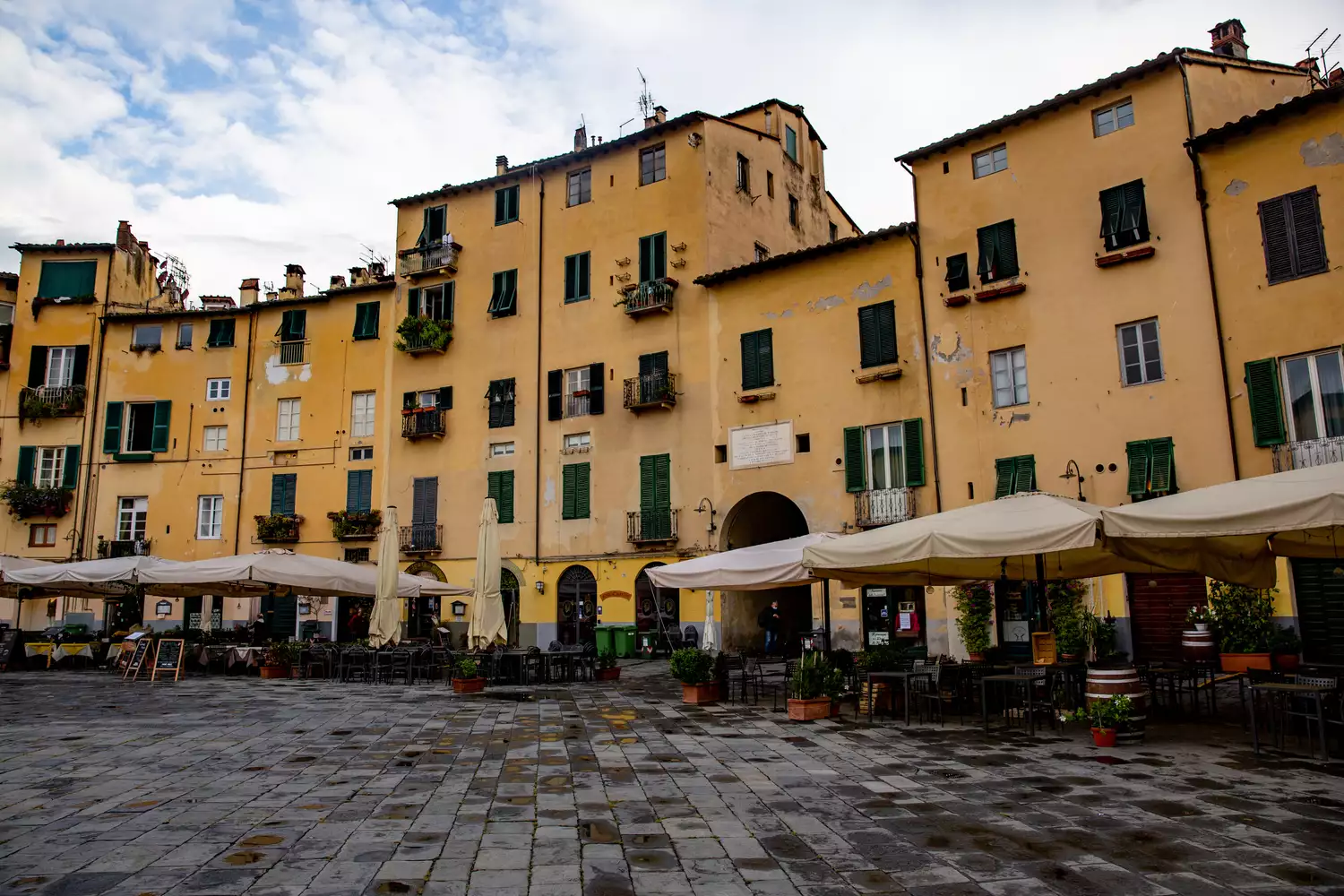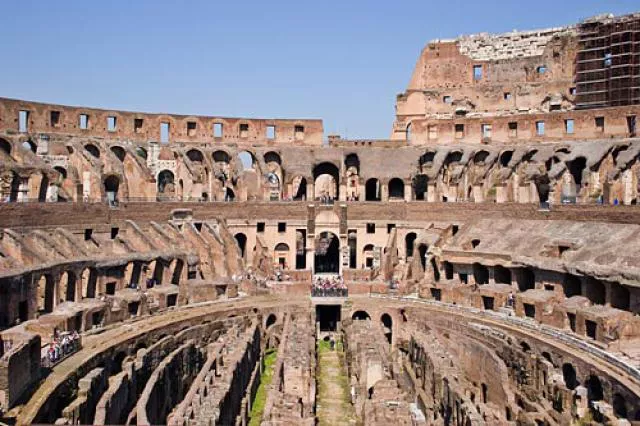Top Roman Arenas to See in Italy
Fact checked by
Patrice Williams
While the city of Rome is the top place to see Roman ruins, they can be found throughout Italy. It is, in fact, challenging to explore Italy without encountering Roman ruins and artifacts! Amphitheaters, which were large, ring-shaped arenas utilized for spectator sports like gladiator fights and wild animal exhibitions, were once central to every major city in the Roman Empire. Many remain today, both in ruins and in relatively pristine condition, across Italy. Some of these arenas continue to host concerts, plays, and even mock gladiatorial battles.
Here are some of the top Roman arenas to visit in Italy.
Colosseum in Rome
Rome’s Colosseum ranks as one of the most visited sites in Italy and is the largest Roman arena globally. Constructed by Emperor Vespasian between 70 and 82 AD, it could accommodate up to 55,000 people, primarily for gladiator and wild animal combats. Ticket lines can be quite lengthy, so it is advisable to prepare in advance. You can also explore remains of the Castrense Amphitheater, integrated into the Aurelian walls, while in Rome.
Verona Arena

Verona’s Roman Arena is the third largest in Italy, with a historical capacity of 25,000 spectators, and is now recognized as the world’s largest opera theater, accommodating 14,000 attendees. Since 1913, the arena has served as a venue for prestigious open-air opera performances, as well as plays and concerts. Check the schedule at Verona Arena. The Arena is located at one end of Verona’s historic center, renowned as the city of Romeo and Juliet, where visitors can find numerous captivating attractions.
Pompeii Amphitheater

Historians suggest the amphitheater at Pompeii, dating back to 70 BC, may be the first arena constructed by the Romans. Its capacity reached at least 20,000 spectators, coinciding with the estimated total population of Pompeii during that era. Notably, Pompeii is one of Italy’s most renowned archaeological sites and ranks among the most frequented locations in the country. Once a flourishing Roman city, it was destructive buried by a volcanic eruption in 79 AD, conveniently situated between Naples and the Amalfi Coast.
Capua Amphitheater

The Roman amphitheater near Capua holds the title of the world’s second largest, originally spanning 170 meters across its largest axis and 46 meters tall over four levels. Believed to have been constructed in the 1st century BC, it stands as the oldest known Roman arena, although some historians contest this timeline. Visitors can explore the subterranean passages within the amphitheater, in addition to nearby Roman baths and tombs. In ancient times, Capua became famous for its gladiator school, and adjacent to the amphitheater is the Gladiator Museum. Capua is roughly 40 kilometers north of Naples, positioned along the historical Via Appia, a prominent ancient Roman road.
Flavian Amphitheater in Pozzuoli

The amphitheater in Pozzuoli ranks as the third largest among Italy’s Roman arenas, with an approximate capacity exceeding 20,000 spectators. It suffered partial burial due to a volcanic eruption; however, many underground areas remain well-preserved, featuring cages for animals and mechanisms for hoisting them into the arena. Pozzuoli is located about 20 kilometers west of Naples. Visitors can also explore other archaeological sites in the vicinity and the Solfatara volcanic crater found in the Phlegrean Fields.
Ostia Antica

The ancient Roman port of Ostia Antica serves as a convenient day trip from Rome. Visitors can explore the ancient streets, shops, and houses within this substantial archaeological complex. The amphitheater, constructed in 12 BC, features a small stage and historically accommodated around 3,500 spectators.
Alba Fucens, Abruzzo

The Roman site of Alba Fucens is set in a picturesque location between Rome and the Adriatic Sea in the central Abruzzo region. The stunning mountains in the backdrop create a serene atmosphere, as the site is rarely crowded, allowing for a tranquil visit. Visitors can explore the arena complete with underground tunnels or take a moment to appreciate the beautiful scenery from one of the stone seats.
Fiesole Arena, above Florence

The archaeological park of Fiesole features a 1st-century BC amphitheater, actively used for outdoor performances and concerts in summer. The archaeological area encapsulates various ruins, including Roman, Longobard, and Etruscan structures. Fiesole, located in the hills overlooking Florence, is conveniently accessible by bus from the city.
Roman Amphitheater of Syracuse, Sicily

The Sicilian city of Syracuse boasts both a Roman amphitheater and a Greek theater among its archaeological treasures. The arena features a central square hole, which some speculate was meant for keeping crocodiles that fed on the corpses, although others suggest it was an access point for machinery designed to raise animals into the arena.
Piazza dell’ Anfiteatro, Lucca

While Lucca’s original amphitheater no longer stands, its historic design remains visible from the center of Piazza dell’ Anfiteatro, also known as Amphitheater Square, which was built on the site of the Roman arena. Although buildings were erected around the arena during the Middle Ages, remnants of the Roman structure are still visible in the walls, and the square maintains its oval layout. The amphitheater Piazza is among the top attractions in Lucca, a popular walled city in Tuscany.





